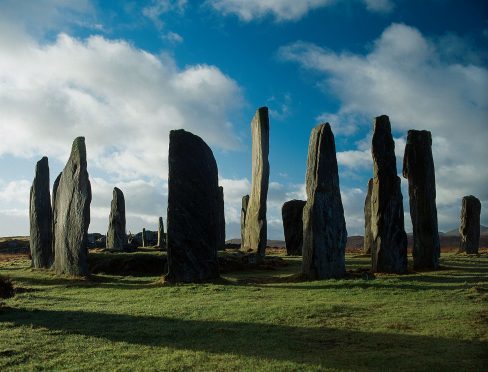The secrets of one of Scotland’s most iconic sites have been made public for the first time in a report which has been years in the making.
The Callanish Standing Stones (Calanais in Gaelic) on the isle of Lewis are an extraordinary cross-shaped setting of ancient monoliths, erected 5,000 years ago.
A full report detailing excavations surrounding the famous stone ring reveals many unexpected structures hidden below the surface.
It also highlights evidence of Callanish’s connections with the great stone rings in Orkney.
High quality pottery found during the excavations helped build up a picture of long distance connections.
Callanish predates Stonehenge and was an important place for ritual activity for at least 2,000 years.
Patrick Ashmore is a former Principal Inspector of Ancient Monuments with Historic Scotland, now Historic Environment Scotland.
His report “Calanais Survey and Excavation 1979-88” recounts the details of a series of important excavations at the site during the 1980s.
It provides, for the first time, comprehensive detail and analysis of these excavations, making a wealth of material available for archaeologists and other interested parties to develop their ideas and theories about one of Europe’s most important Neolithic sites.
Mr Ashmore said: “I have described the findings very fully so the report provides material from which others can advocate different interpretations.
“It is very good that Historic Environment Scotland has now been able to publish it on its website along with publications like the superb inventories of monuments and sites produced by the old Royal Commission on the Ancient and Historical Monuments of Scotland.”
Dr Alison Sheridan, Principal Curator of Early Prehistory, National Museums Scotland and contributor to the publication, said: “It’s a momentous occasion to see the report on excavations at this iconic site becoming accessible worldwide.
“Callanish has much to tell us about the sophistication and inter-connectedness of the elite in Late Neolithic Scotland.”
Richard Strachan, Senior Archaeologist for Historic Environment Scotland, said: “The importance of this seminal work to our understanding of Callanish cannot be understated, and I’m delighted that it’s now available, in its entirety, for public consumption for the first time.”
